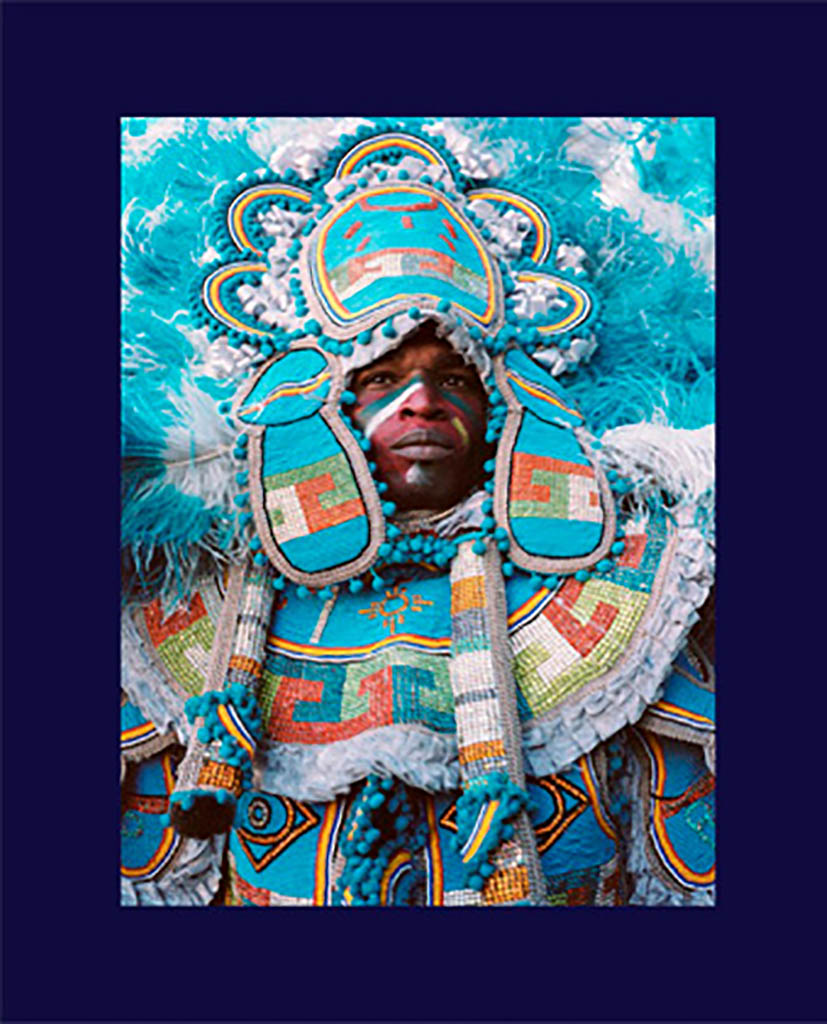Alexis PAZOUMIAN


This post is also available in:
 French
French
Shot ten years after Katrina, Faubourg Tremé focuses on the daily lives of residents of this legendary New Orleans neighborhood, historically associated with African-American culture. Every Sunday, slaves would gather in Congo Square to dance to the beat of the rhythms of their faraway homeland. Later on, Creoles of color, also known as Gens de couleur libres, regularly gave brass band concerts. Unwittingly, they laid the foundations of what would become one of the most prolific musical genres in the world: Jazz.
I decided to travel to New Orleans in order to examine the daily lives of local residents a decade after Katrina, the hurricane that ravaged the city and Tremé in particular. What caught my attention right away was the importance of music, which has never abandoned the place, and instead blended with local cultures and became absorbed into all aspects of life: religion, education, traditions (such as Jazz Funerals and Mardi Gras), nightlife, street life, etc. It reaches a climax during the annual Mardi Gras festival, when the entire city dances to the frenzied rhythms of the carnival and the Mardi Gras Indians… So I delved into all these different topics in order to better understand what makes this city and its unique population tick.
At night, neighborhoods outside the city center come to life, and their specific ambiance, neon signs and streetlights create a unique aesthetic. Every square inch of the city is filled with music which is an antidote against life’s bitterness and hardship. The goal of my project is a close examination of the lives of the city’s inhabitants who were left to fend for themselves in the aftermath of Katrina, as David Simon reminded us in his wonderful TV series, Tremé. My project takes a look at these men and women who live and sometimes survive to the sound of brass; the exaltation and energy unleashed by music have become the center of my photographic reflection.


